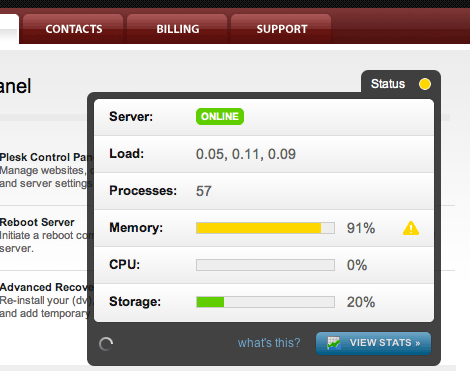Install Plesk Migration Manager Restart

Under the Tools & Resources section, click on Migration & Transfer Manager. Click Start New Migration. Fill in the details for your old server and enter your migration preferences. Then, click Next. Data source: Transfer data from another server. Plesk Migration Manager is created for easy and. You will have to move them to the disk with Plesk installation and reboot to the operating. Restart your system.
How to install Plesk on CentOS 7 Installing Plesk on CentOS 7 hasn’t changed drastically from earlier versions, however CentOS is different than its predecessors. I’ve written an article about, but that was 3 years ago and thought it’s time for an updated version. Well here it is: Plesk 12, meet CentOS 7.
Plesk Documentation Much of what I’m telling you and more is documented on the Parallels Plesk website: • On the left hand side you’ll find a link to the current documentation, as well as handy links to purchase a license if you need to. The link will also answer your questions about the different editions of Plesk and direct you to the Parallels Forum.
One-Click Installer The Plesk one-click installer is a script that downloads itself and determines the correct Plesk version for your OS. You won’t accidentally pick the wrong version for your distribution. Dura Ace 7700 Rear Derailleur Manual here.
Paste this and the installer will download the latest version of Plesk (12 at the time of writing): wget -O - sh If you get an error message, wget may not be installed. World Groove Trf Rar File. Rectify this pitiful situation like this: yum install wget To download older versions of Plesk you can download the one-click-installer file and run it with the option –show-all-releases.
This will give you the option to specify your desired Plesk version with –select-release-id. For more information, run the file with the –help option. I’ve noticed that the installer is much quicker than on previous versions of Plesk and is finished in under 10 mins (as opposed to half an hour previously). This is presumably due to many packages that are pre-installed with CentOS 7, so not much time is spent downloading stuff. Once finished the installer will give you a URL to login with – usually consisting of your IP, like Opening Ports for Plesk On CentOS 6 and prior the firewall rules were set via iptables. This service is gone and has been replaced with firewalld in CentOS 7.